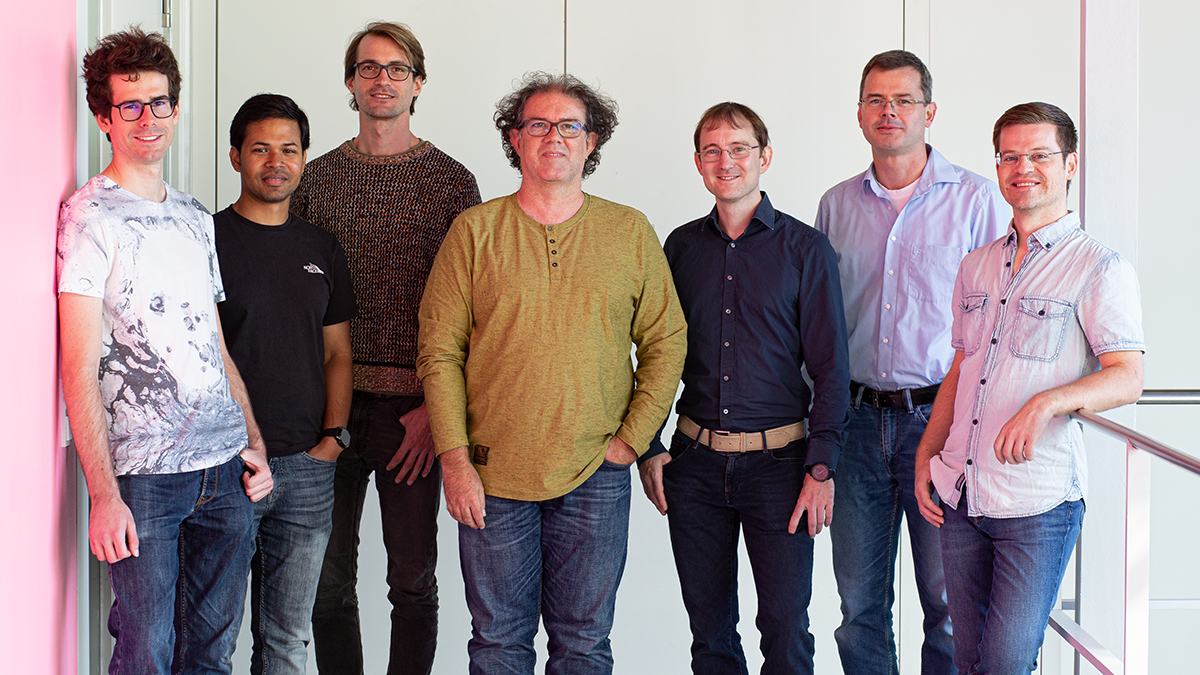The origins of the High Performance Computing Center (HLRS) go back to the computing centre at the University of Stuttgart, which by 1986 already had an operating Cray-2 system. HLRS as known today was officially established in 1996, it was the first national German High Performance Computing (HPC) centre, and in 2007 HLRS was one of the founding members of the German Gauss Center for Supercomputing.
Today HLRS offers HPC resources and services via a wide range of partnerships with national and European research and industry. For some time, the supercomputing systems operated by HLRS have been listed amongst the top systems in the world, ranked within the top 20 in the TOP 500 list.
Alongside its strong background in the field of engineering, the nearly 100 experts working at HLRS, together with their contacts, cover every aspect of supercomputing and simulation. HLRS is also building new connections to important topics like sustainability, the impact of simulation on science, technological development, and the social handling of simulation results.
POP services are provided by the Scalable Programming Models and Tools (SPMT) group at HLRS. The SPMT group undertakes research into parallel programming models and tools to assist development for parallel programming languages. Additionally, the group maintains part of the software stack on the various HLRS platforms as a service to HLRS users.

The group has an excellent history as a partner within various national and EU funded projects. These demonstrate its European and international HPC expertise in exascale application development and hardware (MONT-BLANC, ChEESE) as well as in new programming models and tools (DASH, SmartDASH). Furthermore, the SPMT team maintains test suites for the MPI and OpenMP standards, and organises (with ZIH Dresden) the annual International Parallel Tools Workshop.
This experience and expertise means SPMT is perfectly placed to help customers identify performance issues in their applications and to identify solutions to overcome them.
